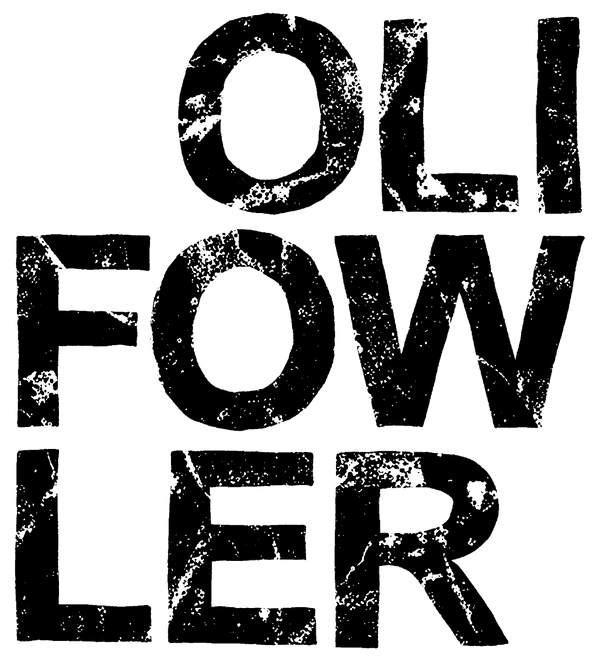
The Human Glitch
When you press ‘Print’ on your computer, you expect a perfect, sterile, identical copy of what’s on your screen. And you get it. Page after page, exactly the same. There's zero drama. It's predictable, efficient, and to be honest, a bit soulless.
Screen printing is the complete opposite of that. It’s a physical act. It’s me, my body, translating an idea onto paper through a mesh screen and a blade of rubber. It’s about the pressure I apply, the angle of the squeegee, the tiny, almost imperceptible shift in my stance from the first print to the last. Each print has a little bit of my DNA in it—not literally, I hope, but you get the idea. It's not a bug, it's a feature. It’s the human glitch, and it’s what separates a piece of art from a photocopy.
A Relationship with Colour
Digital printing works with dots of Cyan, Magenta, Yellow, and Black trying to trick your eye into seeing a specific colour. Screen printing is different. We work with the colour itself. The *actual* colour.
I mix my inks by hand. I’ll spend ages getting the exact shade of electric blue or that perfect, warm, off-white. It’s a pot of pure, opaque, vibrant pigment. When that layer of ink is pushed onto a beautiful, heavy bit of paper, it doesn't just sit on the surface like a digital print does. It becomes part of the paper. It has a texture, a presence. You can feel the slight raise of the ink under your fingertips. It’s a real, tangible thing. You don't get that from an inkjet.
Back to That "Ruined" Print
At the end of the night, when I was cleaning up, I looked again at that 'ruined' print from the bin pile. The little ghosted drag mark. Under the main studio lights, it wasn't an error. It was… interesting. It had a sense of movement the others didn't. It had a story the 'perfect' ones were missing. It was unique.
I framed it for my own wall.
That's what you're really buying with a hand-pulled screen print from me or any other artist. You're not just getting a design; you're getting a one-of-a-kind piece that passed through human hands. You're buying the slight variations, the happy accidents, and the physical layers of ink that tell the story of its creation. It's an honest piece of art. And frankly, it's something a machine in an office could never replicate.
When I put my name on a piece of Oli Fowler Art, I'm signing off on that whole messy, wonderful, human process.
Fancy seeing what all the fuss is about? Have a look at the finished articles and see if you can spot the human touch.
Browse the Store